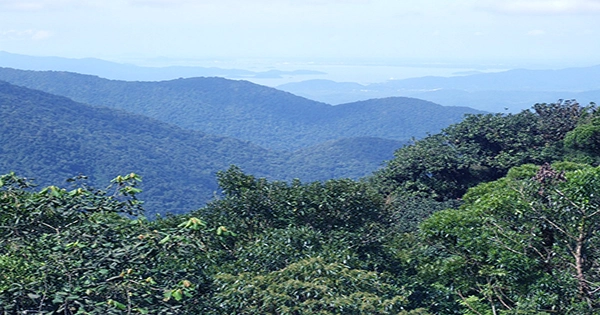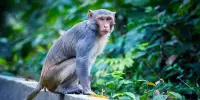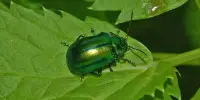Many of the tropical forests in the globe are impacted by logging, and these forests are frequently regarded as degraded because they have lost their vegetational structure, biomass, and carbon stores. The ecological functionality and health of these ecosystems have, however, seldom ever been examined in detail.
According to a recent study by scientists at the University of Oxford, rainforests that have been harvested are troves of ecologically sound function and shouldn’t be written off for oil palm farms.
Lead author Professor Yadvinder Malhi, Professor of Ecosystem Science at the Environmental Change Institute at the University of Oxford says, ‘We were very surprised by how much more energy was flowing through the logged forests compared to the old-growth forest, and that it was flowing through the same diverse range of species found in the old-growth forest. We had not expected the logged forest to be so ecologically vibrant.’
The study “Logged tropical forests have amplified and diverse ecosystem energetics,” which was published in Nature, approaches this problem from the viewpoint of ecosystem energetics, or the flow of energy from plants to animals and birds through the food they eat. The research team integrated population data on 248 vertebrate species from old-growth forests to logged forests to oil palm plantations in Borneo with more than 36,000 measurements of trees, roots, and canopies.
Surprisingly, the study discovered that the ecological energy flow was 2.5 times stronger through the logged forest than in the old-growth forest, before collapsing in the oil palm plantations. Similar or higher numbers of practically all bird and animal species were present in the logged forest.
The authors emphasize the necessity to preserve old-growth forests as much as possible because they still have significant ecological significance and substantial carbon reserves. This study, however, challenges the notion that logged forests are “degraded,” given how ecologically active they are. Such labeling may indicate that these deforested areas are given less protection priority and are cleared to make room for oil palm and other agricultural uses.
‘In tropical forests, and probably in many other ecosystems, not everything that looks damaged, is broken,’ says Professor Malhi in his conclusion.
Nearly all bird and mammal species had to be painstakingly counted at the outlying study locations, and the development rates of the trees, their leaves, and roots had to be measured.
Dr Matthew Struebig, co-author and Reader in Conservation Science at the University of Kent added, ‘In the early morning, ornithologists listened out for birds, while evenings were spent catching bats in special traps. Meanwhile, trail cameras and cage traps over 77,000 combined nights provided much-needed information on secretive and elusive mammals, from tree shrews, sun bears and elephants.’
Dr Terhi Riutta, co-author, Post Doctoral Researcher at the University of Exeter added: ‘This work would not have been possible without the many years of detailed fieldwork by our partners and research assistants in Malaysia, often in very tough conditions.’
“Ecologists frequently just examine one feature of an ecosystem, like its trees or its birds,” continued Professor Robert Ewers, co-author and head of the Department of Life Sciences at Imperial College London. This work demonstrates how careful and coordinated investigation of a wide range of species can produce unexpected and significant fresh insights into the nature of ecosystems in a world controlled by humans.















